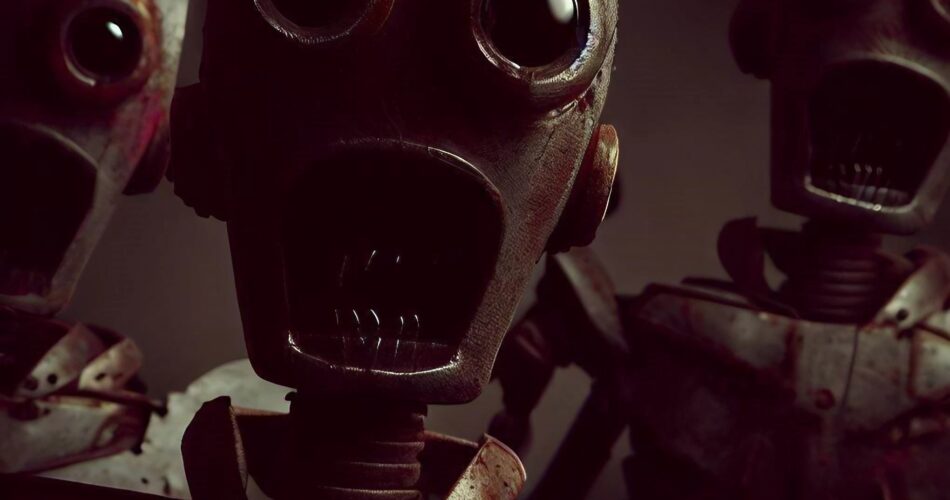A fear that is going to increase
Fear of human-like automata, wax figures, robots, audio-animatronics, or other replicas of real people is known as automatonophobia. Automatons are displayed in a variety of settings, from museums and amusement parks to carnivals, and are regarded as a symbol of modern technology.
According to this article, this is a specific phobia with the unreasonable fear of something that isn’t actually dangerous. Fear interferes with a person’s life even if it is very typical to feel anxious around human-like figures (a phenomenon known as the uncanny valley).
This fear may appear in a variety of ways. Some people’s only fear is wax figures, while others are scared of dolls. Some people are unable to go to theme parks or other attractions that have displays that feature audio-animatronics, or moving humanoids.
If you have automatonophobia, you get extremely anxious whenever you see, hear, or even think about the thing you’re afraid of.
When confronted with the source of your fear, you could additionally suffer physical symptoms such as trembling, crying, heart palpitations, and others. It’s possible that an automaton-filled show will be off-limits to you. You may hide, freeze in place, or even run away if you come upon one unexpectedly.
In an effort to create an automatonaphobia test, several Tiktokers have opted to share pictures of dolls and mannequins.
The following are some examples of the causes of phobias:
- You got traumatized or had a bad experience with the dreaded object.
- The phobia runs in your family (phobias have genetic influences).
- You developed a phobia of the object (i.e., you had a parent with this fear).
Our own inborn preconceived notions of how others would act may have an impact on automatonophobia. Automatons have the appearance of humans but do not act or move like them. They may be programmed to move and talk or to simply stand still.
People frequently experience discomfort when among human replicas in general. Although while many statues, mannequins, or robots resemble people, we are always aware that they are not genuine, which frequently has a scary or unpleasant effect.
Maskaphobia, or the phobia of masks, is frequently assumed to be connected to automatonophobia which is also connected to pediophobia, or the fear of dolls.
There are times when it’s unclear how fear turns into a phobia. Yet, the aforementioned factors (trauma, heredity, and conditioning) may increase a person’s likelihood of developing a particular phobia. However, if you already have a mental health issue like an anxiety illness or a mood problem, you may be more likely to develop a phobia.
You may have diagnosable automatonophobia if your fear of dolls or humanoid robots interferes with your daily activities or causes you to purposefully avoid coming into contact with such objects.
Fear not though, there are ways to manage your fear, including breathing exercises, visualization, and medications. You don’t have to live with the fear forever.
Hypnotherapy, systematic desensitization, and other forms of therapy, such as cognitive-behavioral therapy, are also shown to be effective. Basically, systematic desensitization involves carefully confronting your fear so that it lessens your response to it over time.
We are going to come across this phobia more frequently in the next future since the number of robots will inevitably rise. The idea of building human-like robots is therefore not a good idea both because they can scare people and they could be indistinguishable from other humans who could be easily deceived.
